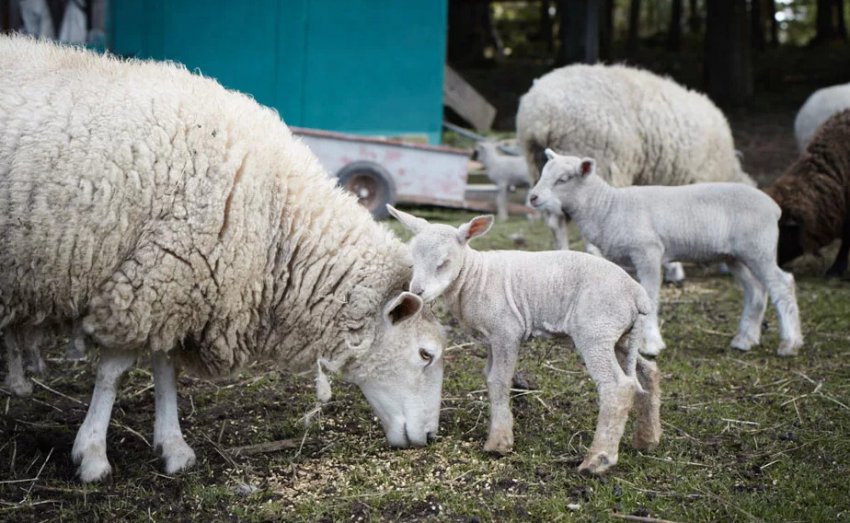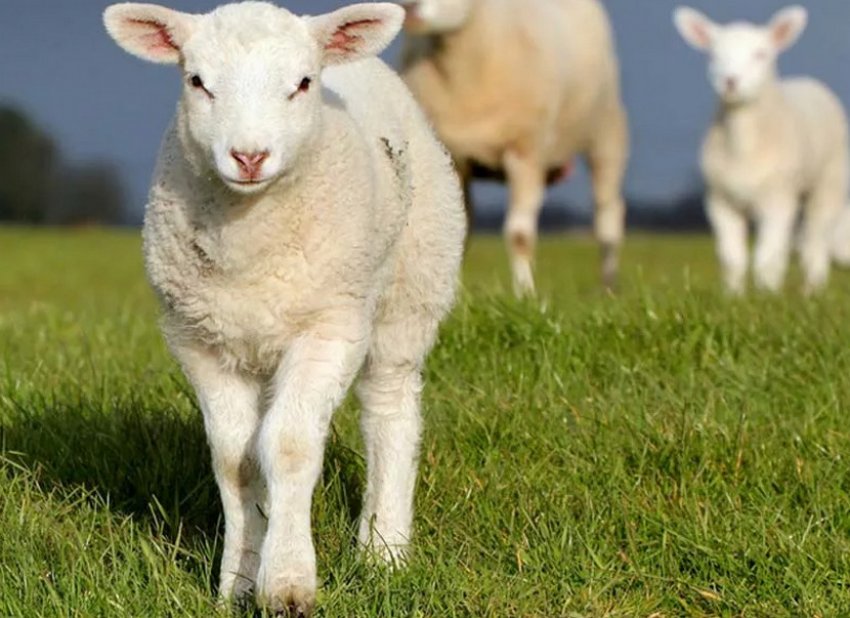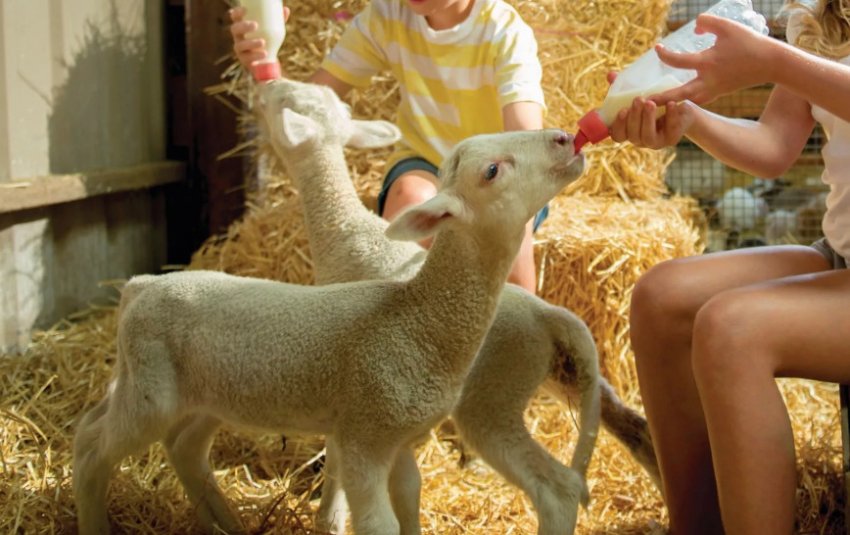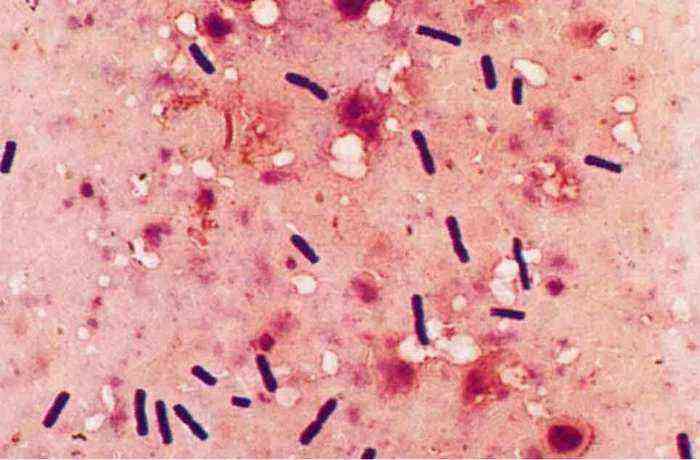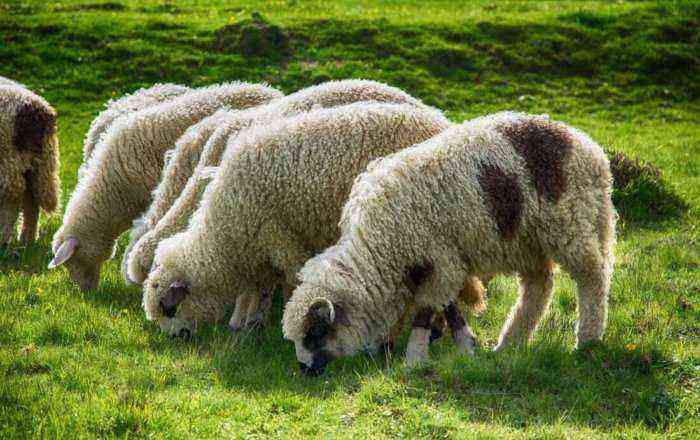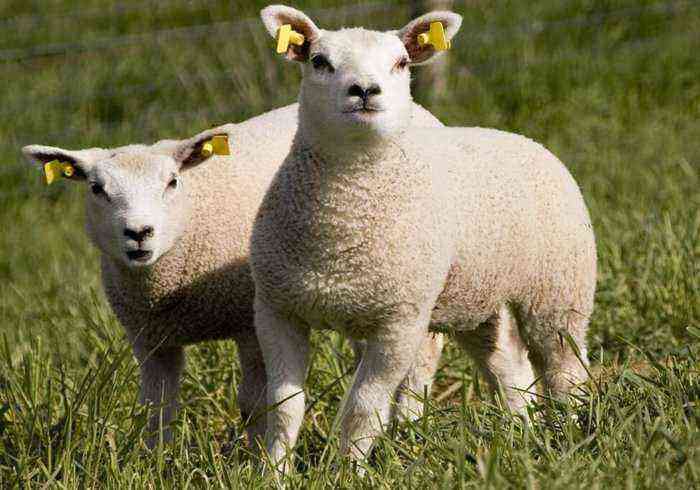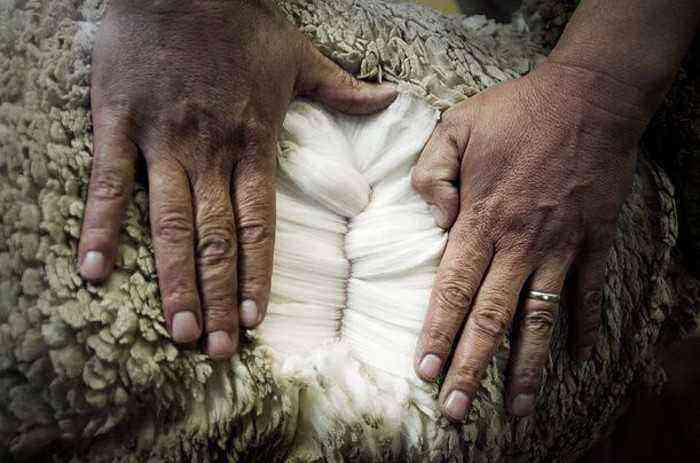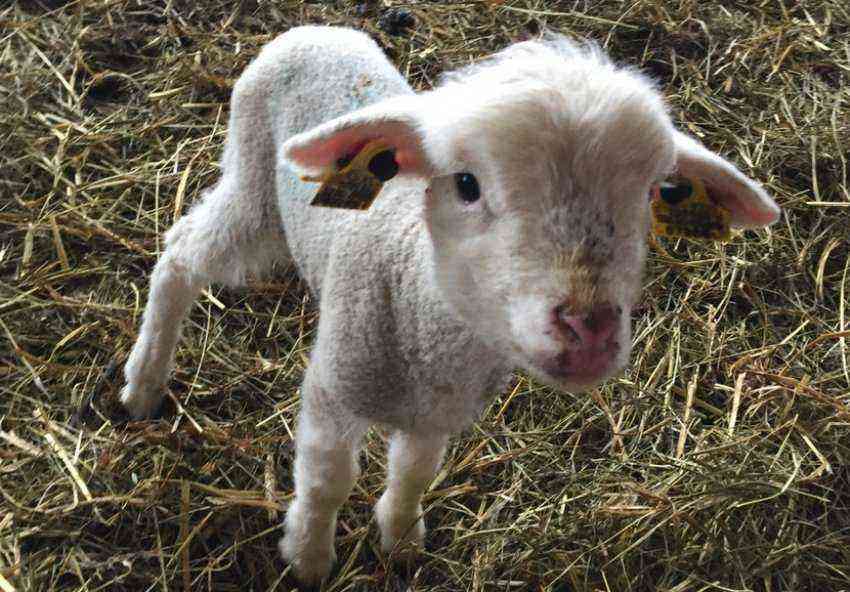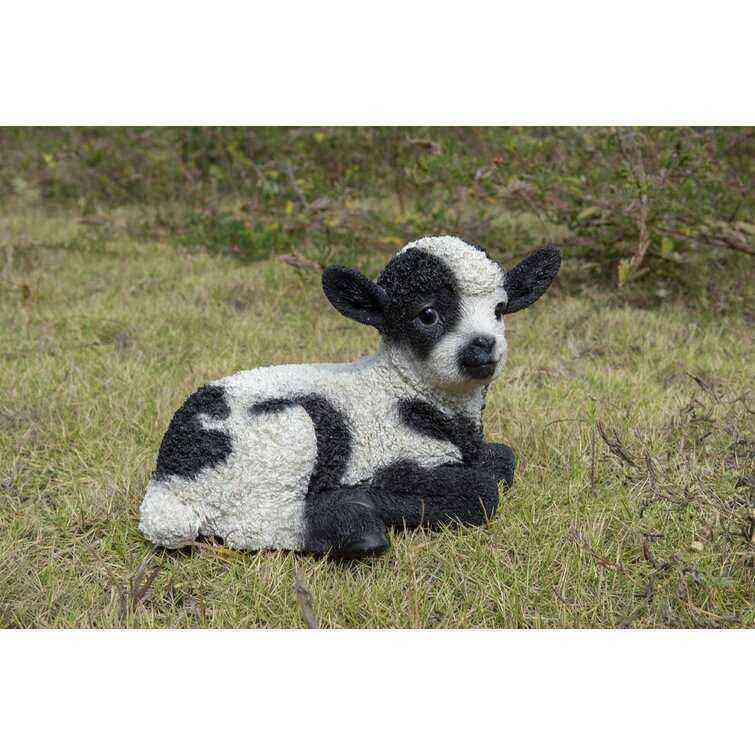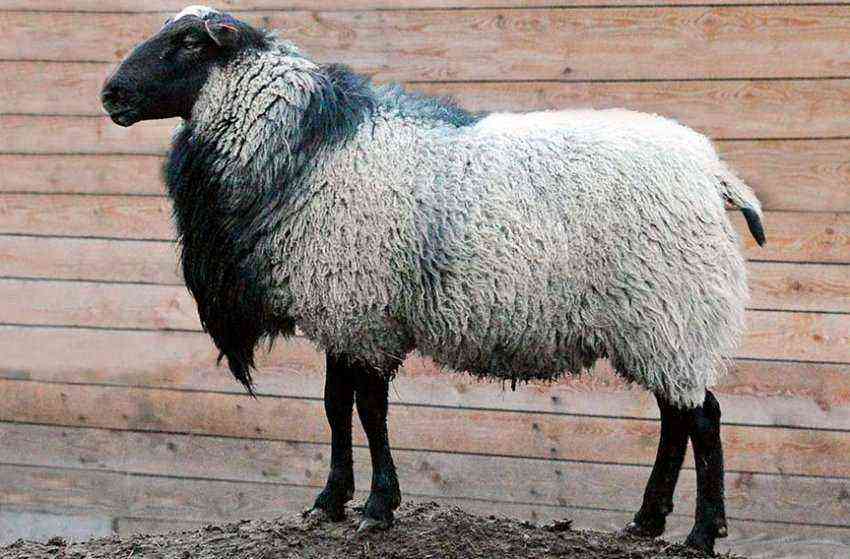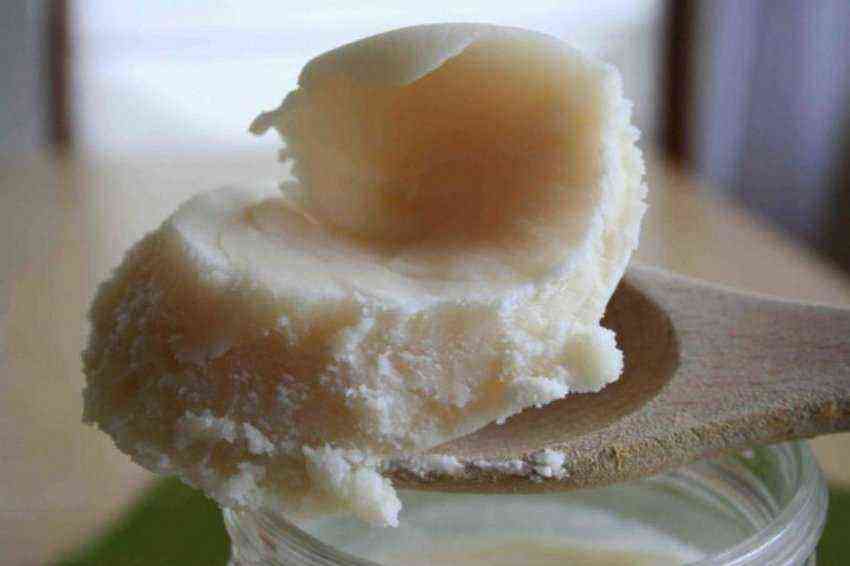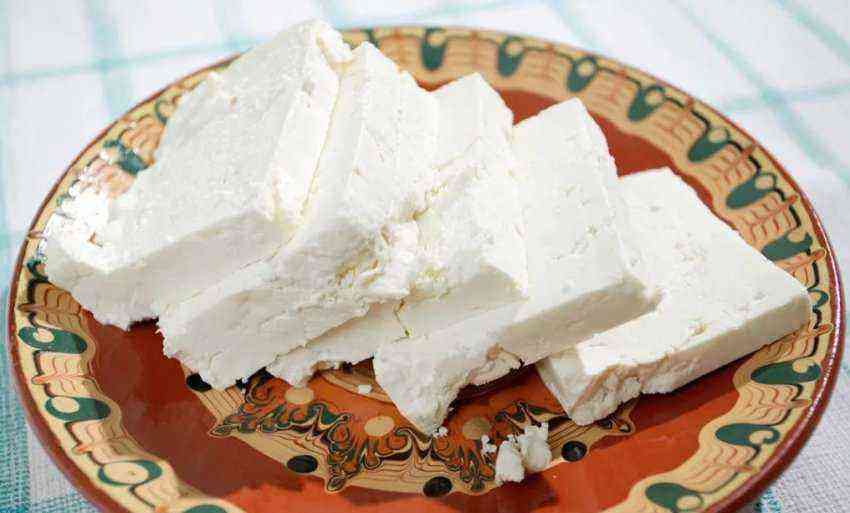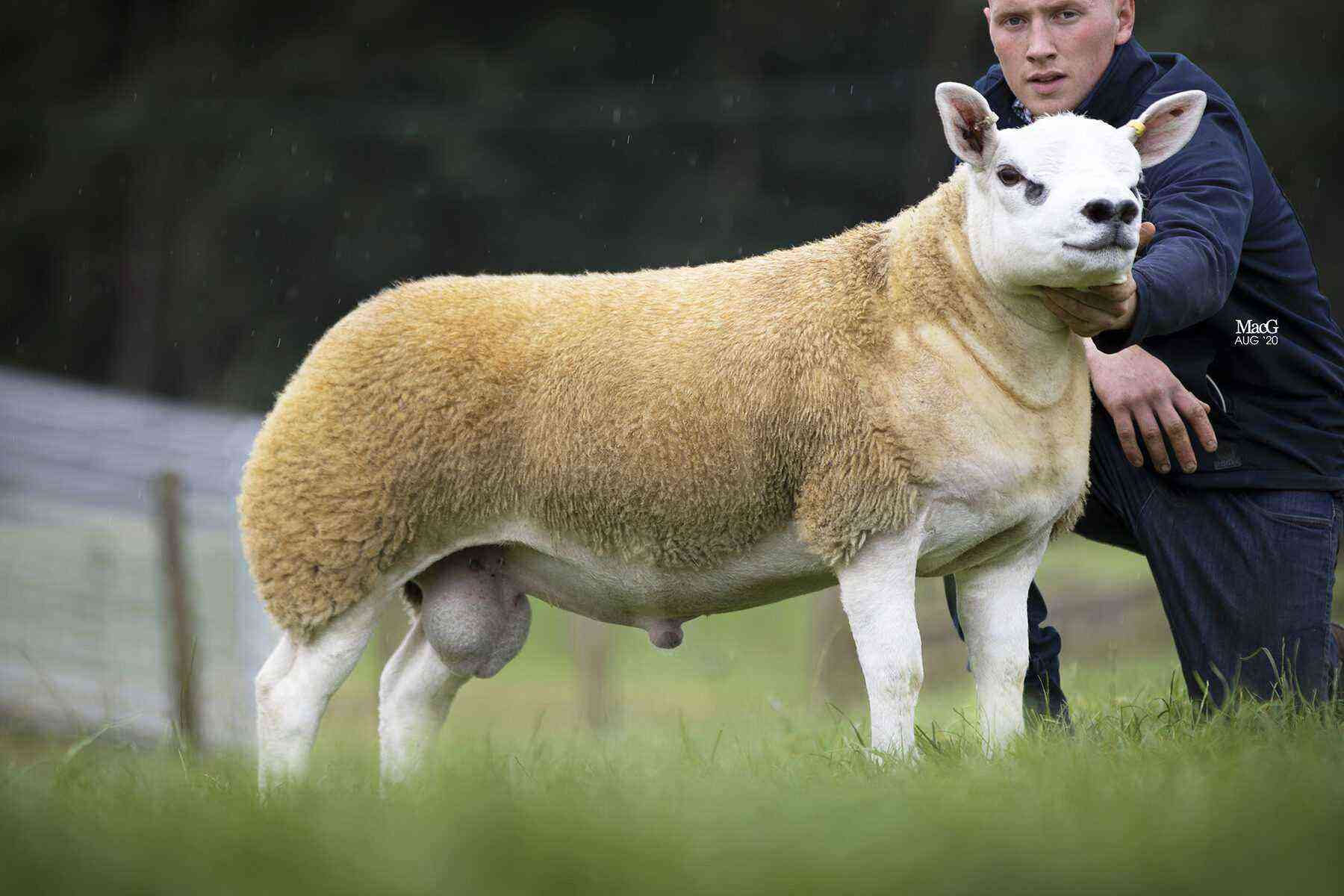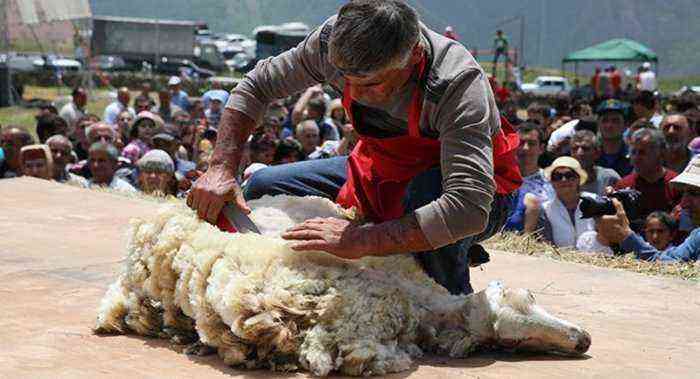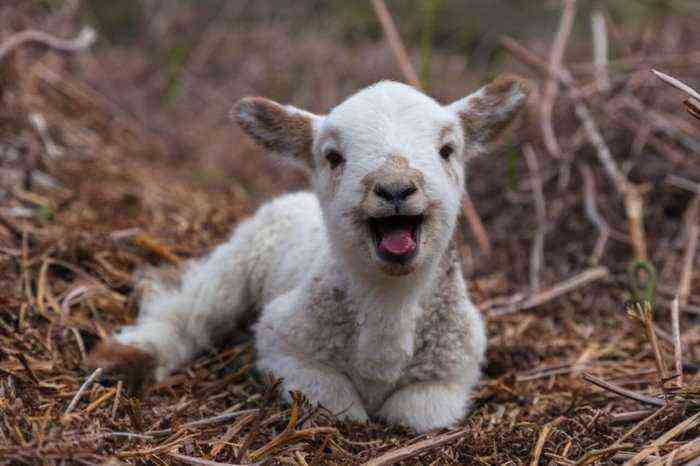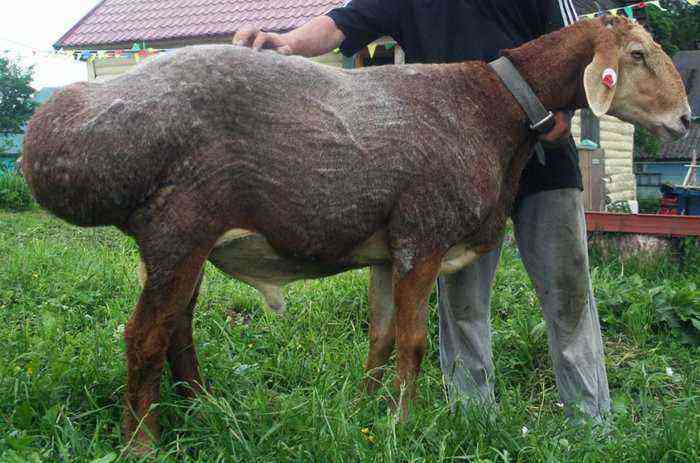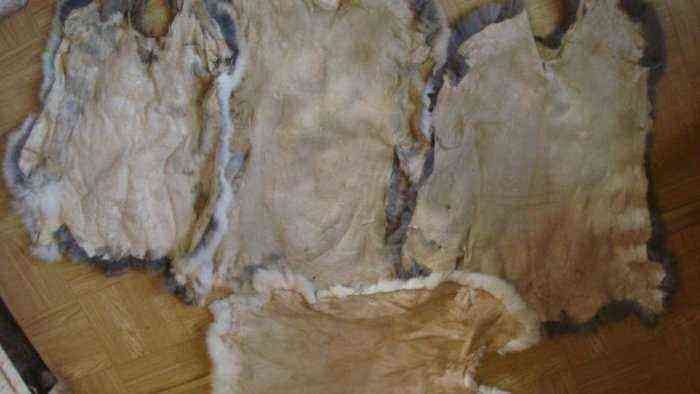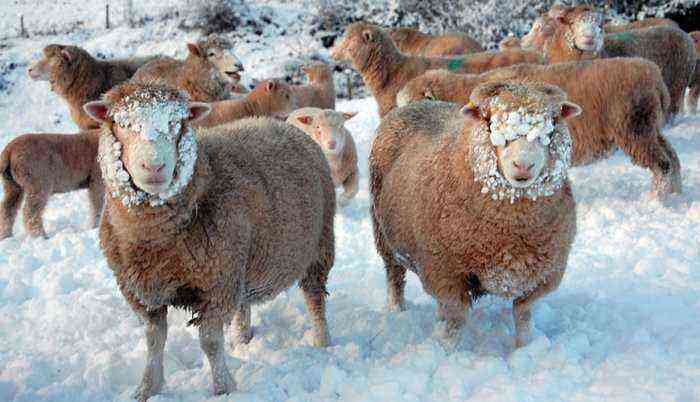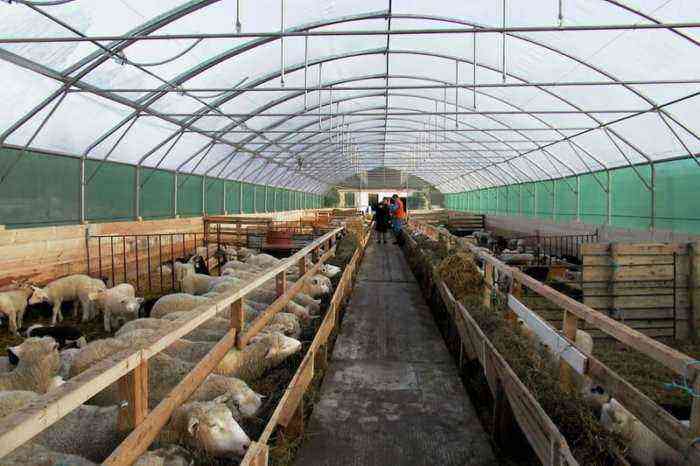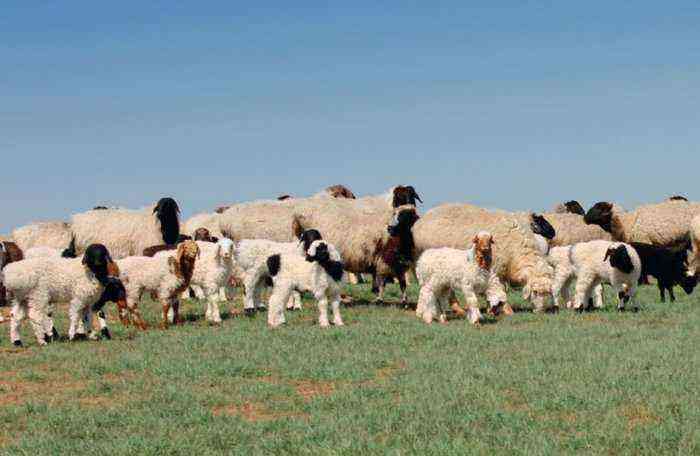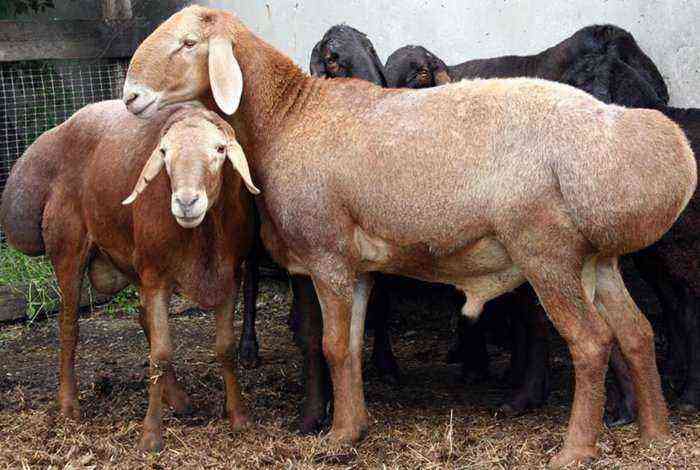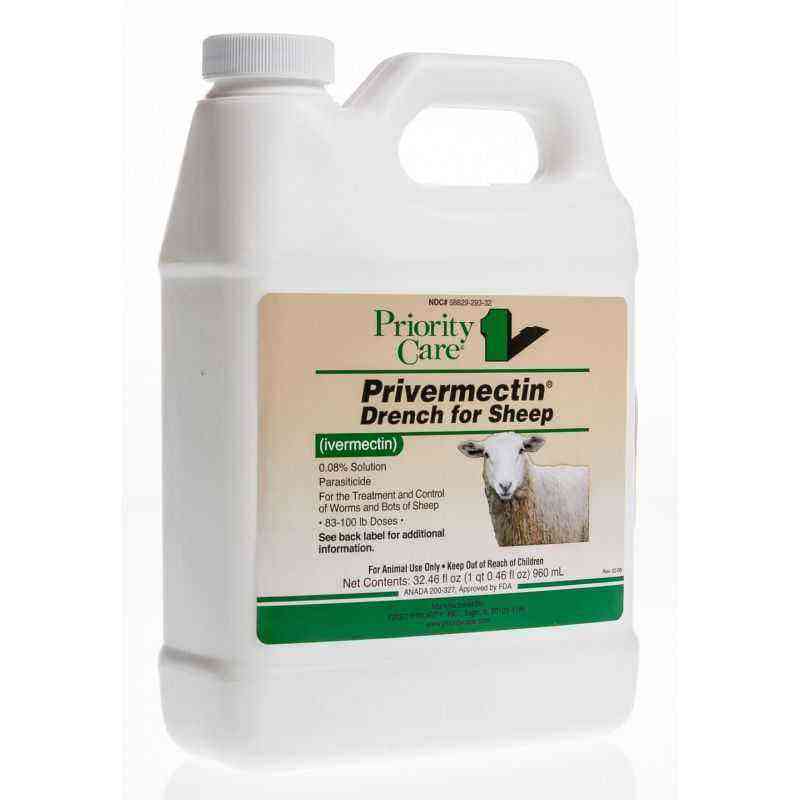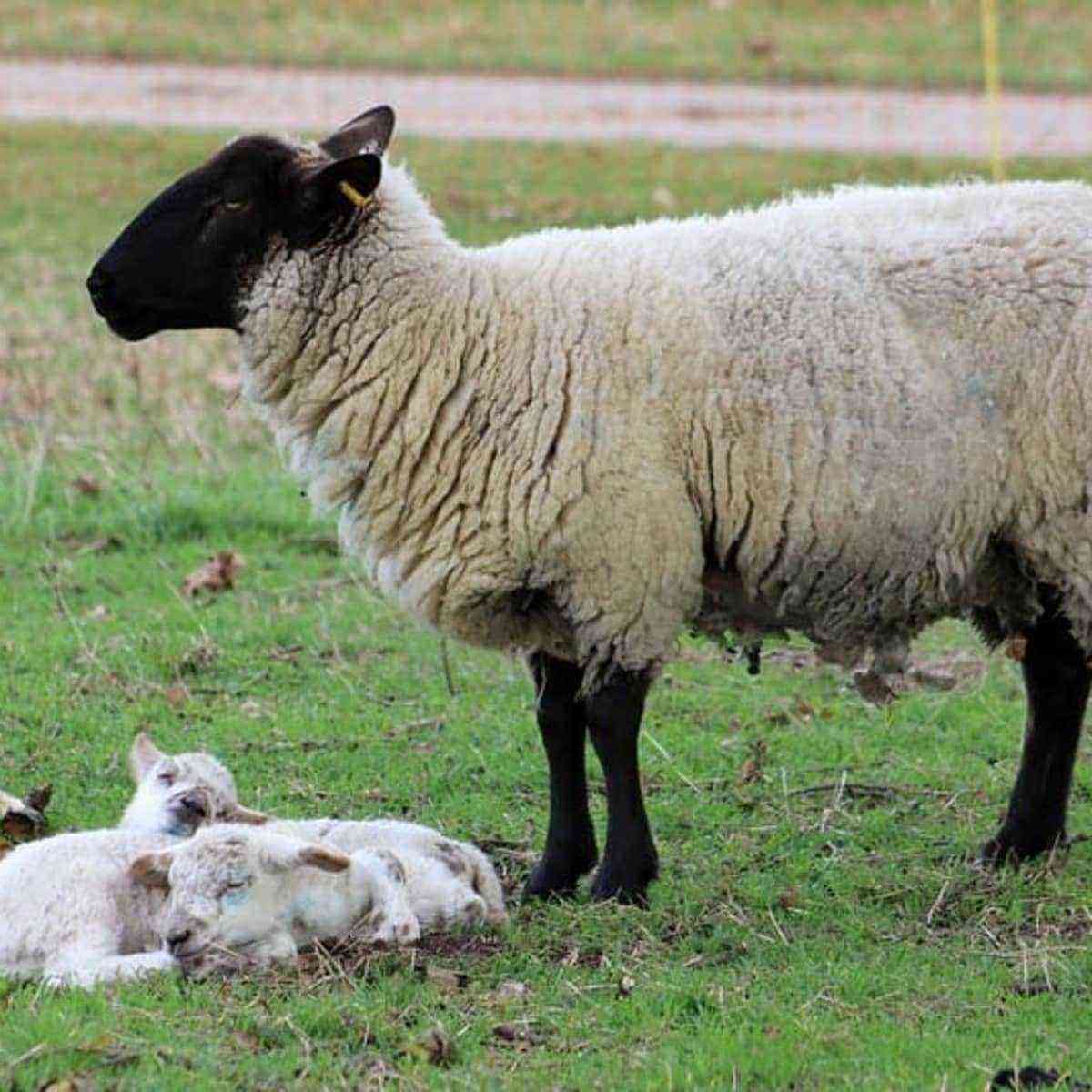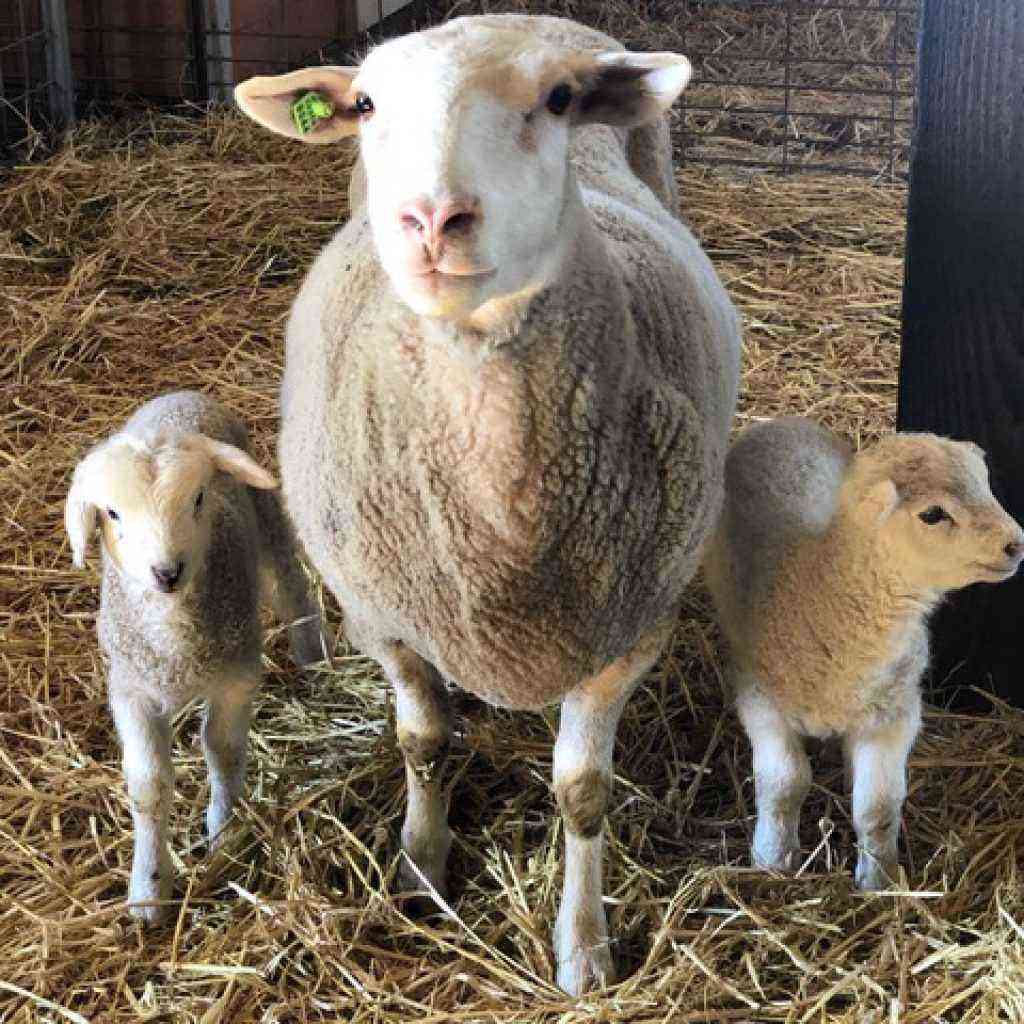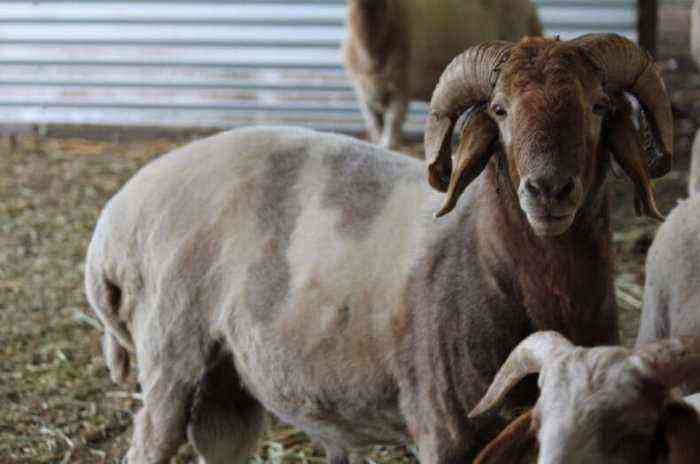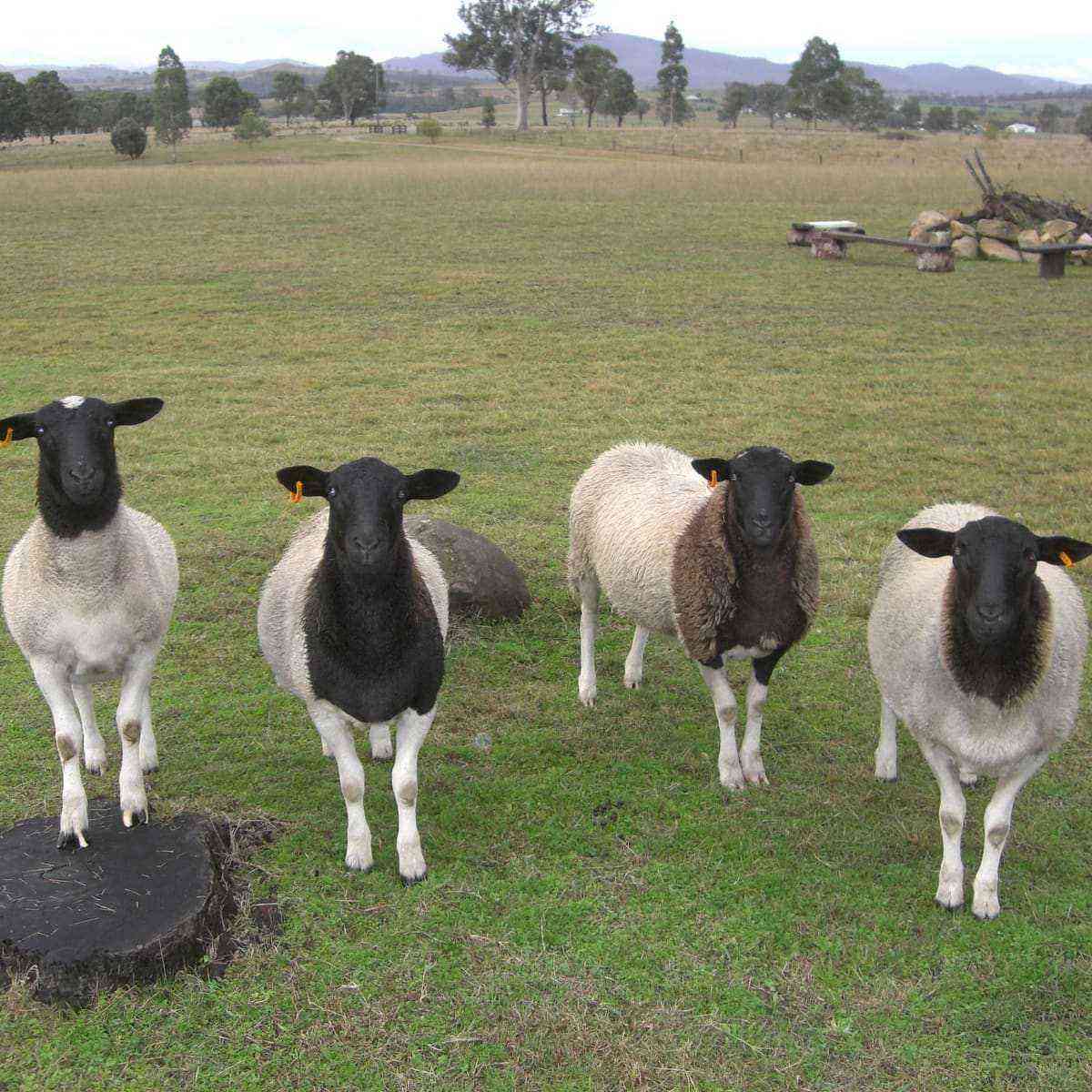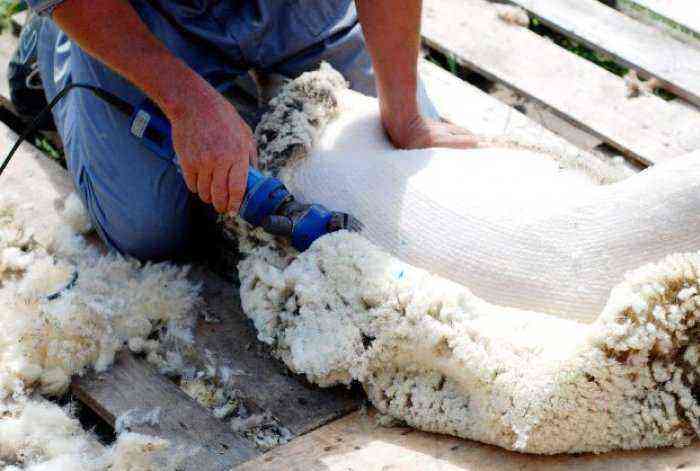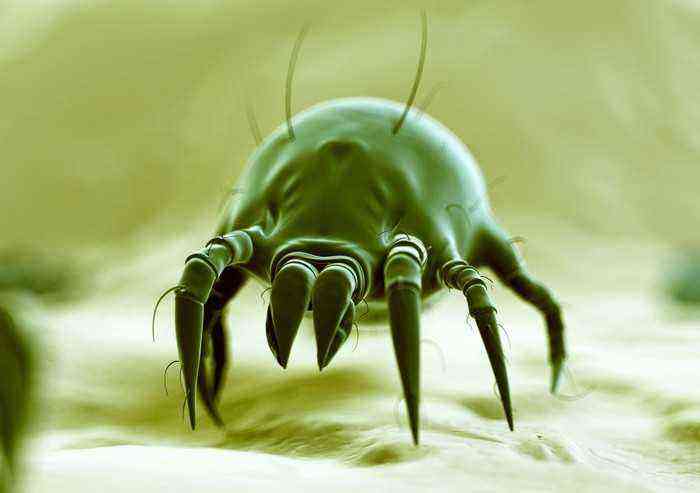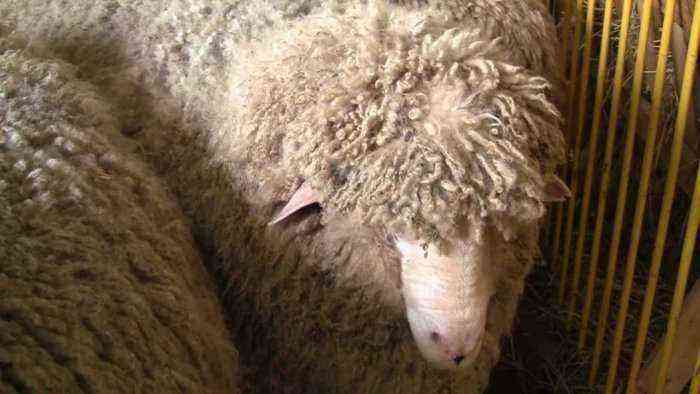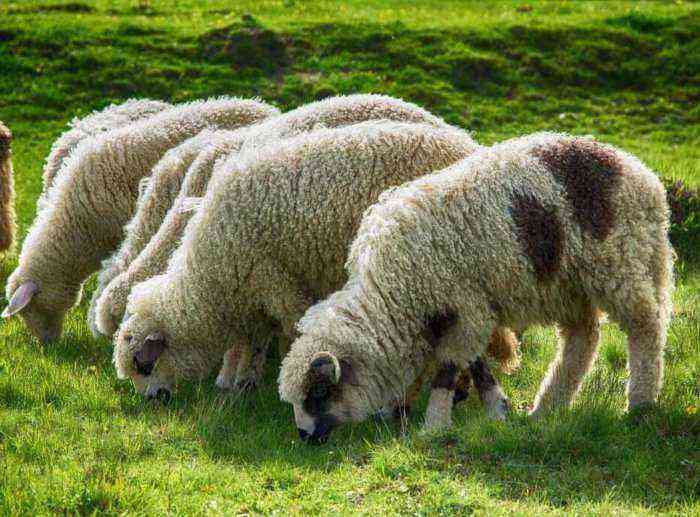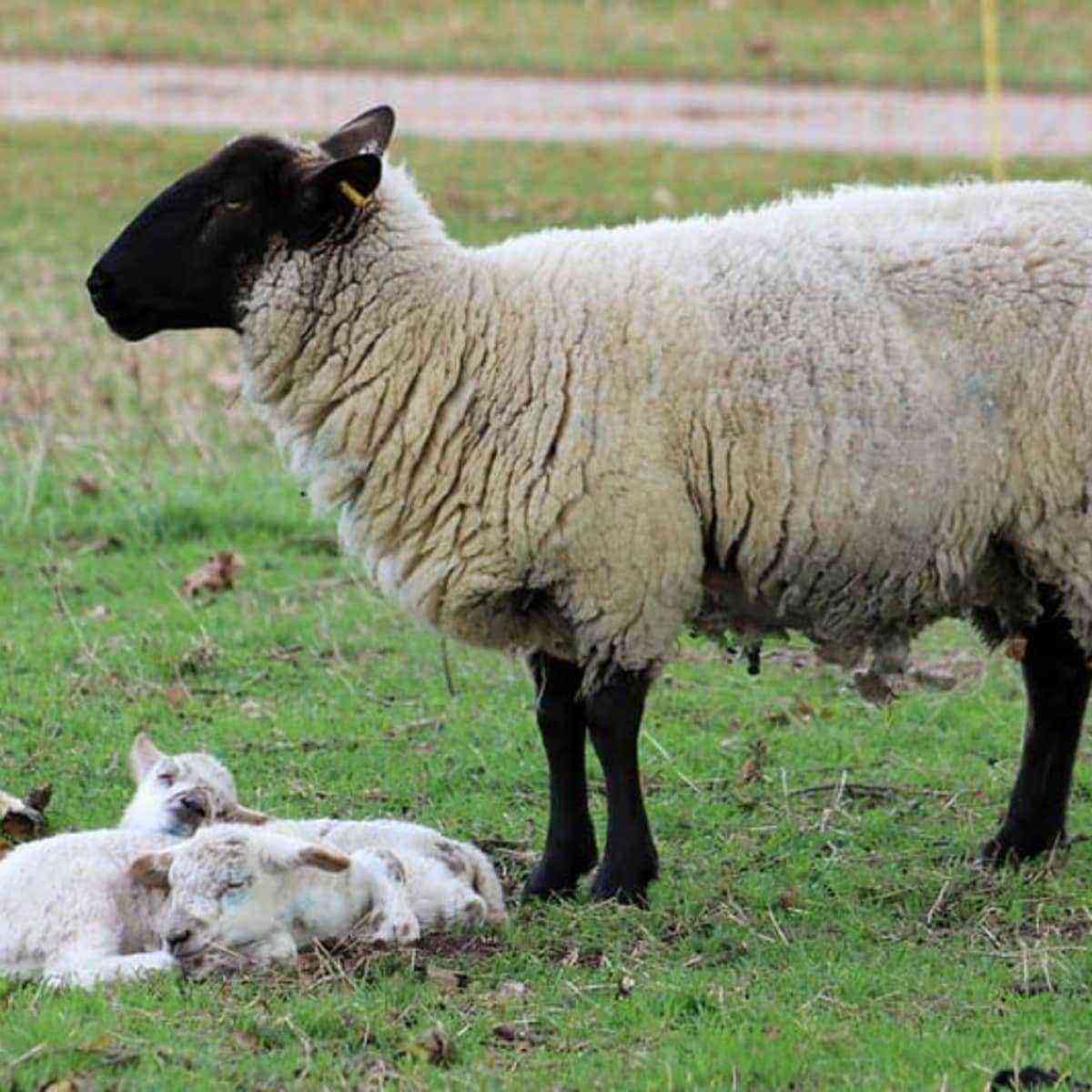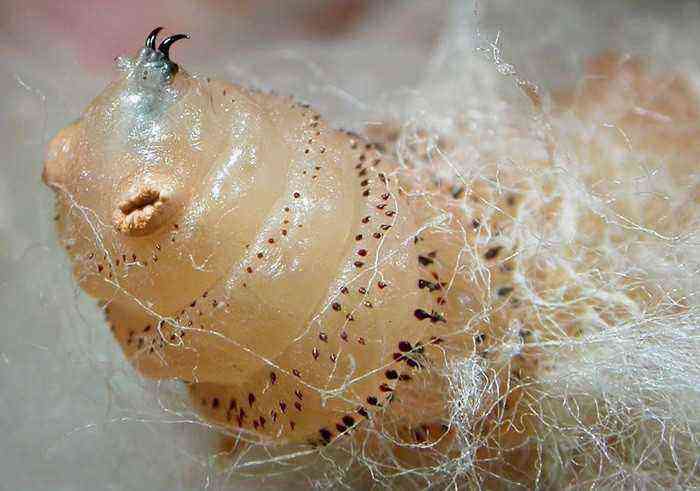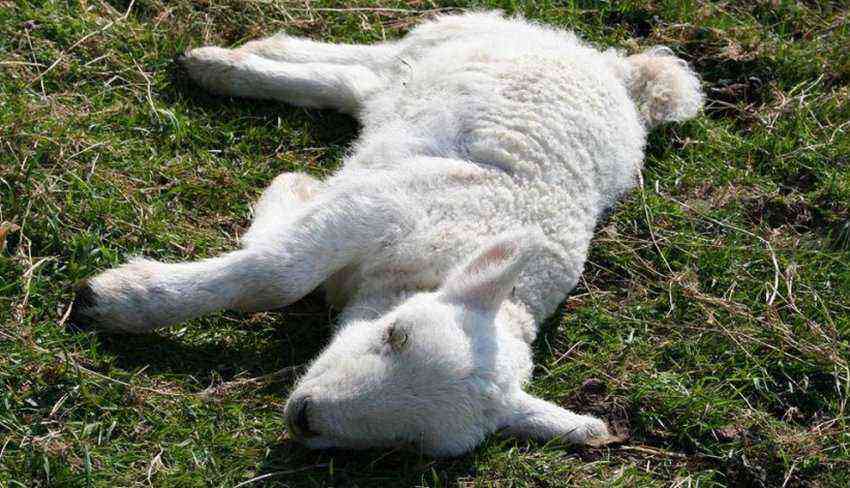Healthy offspring is the main task for owners of subsidiary plots. In order for lambs to grow properly, they need to receive good nutrition from the first hours of their lives. If the uterus is experienced and she has enough milk, there are no special problems with feeding the offspring. But there are situations when the lamb does not take the udder, the sheep does not let it in, or the ewe does not have milk – in these cases, the feeding process falls entirely on the owners.
How to properly feed a lamb with a uterus: colostrum and gradual complementary foods
The field of how the lamb is born, the ewe begins to lick it, thereby starting its own lactation and making it clear to the baby that she is his mother. Within half an hour, he dries up, rises to his feet and begins to look for food. As a rule, the baby independently finds the udder and begins to suck colostrum.
Colostrum is the first milk after childbirth. It has a yellowish color and a thick consistency. Due to the large number of antibodies to various diseases, it forms the immunity of the newborn and starts the digestive processes. Gradually, the amount of antibodies decreases, the colostrum turns white and becomes liquid. By 4-5 days, the sheep already gives regular milk.
The baby should receive the first food no later than two hours after birth, otherwise the swallowing reflex may become dull and it will be very difficult to feed him.. In addition, if the ewe is not milked for a long time, her lactation process may worsen, or completely stop. If in two hours the lamb has not begun to suck the sheep, it should be milked and immediately fed to the baby using a bowl or nipple.
Important! If a lamb is given water from a bowl for the first time, his sucking reflex disappears and he will no longer suck a sheep.
Whether the lambs have enough milk can be clearly seen from their behavior. Well-fed babies in the first days of life sleep a lot and get up only to eat and fulfill their natural needs. Hungry, on the contrary, sleep little. They mostly stand on trembling legs, suck their tongue and bleat.
When a newborn is alone, there is usually enough milk. If there are several, you need to sometimes carry out a control weighing to make sure that all babies eat the same way. In the first week, the lamb should gain 250-350 g of weight gain, later – 400-500 g.
In addition, you need to monitor the udder of the ewe. If the lambs cannot suck out all the milk, the excess must be milked.
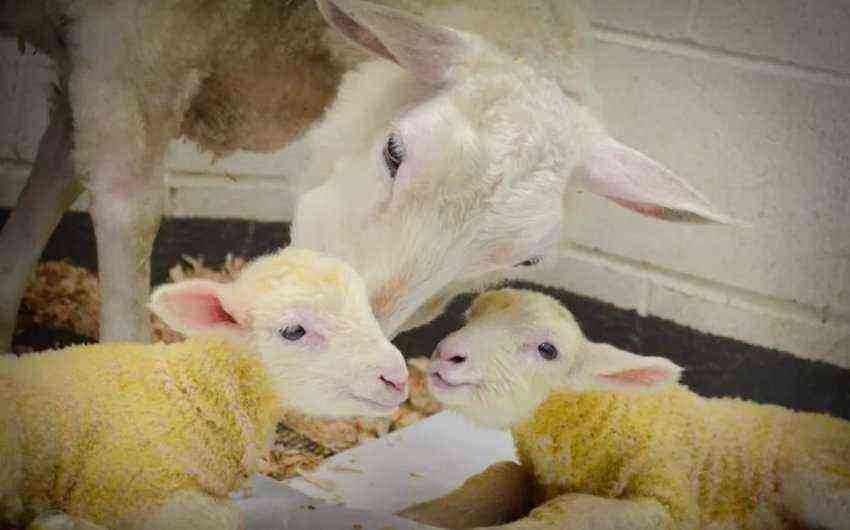
In this case, the lambs will eat when they want and imitate the lamb in everything. Such babies already on the 3-4th day begin to try to chew soft hay. But, in this case, it is important to ensure that it is dry and warm in the sheepfold, since the cold significantly slows down the growth process.
What to do if the lamb does not take the udder
If the lamb was born weak, he may not take the udder on his own. Experienced ewes, in this case, begin to push the baby to the nipples themselves. If this does not help, the owner will have to intervene.
Did you know? Newborn lambs recognize their mother by her voice.
You need to take the lamb, bring it to the milking and gently move the newborn over it with the mouth. If this does not help, you need to express a little colostrum and lubricate the edge of the nipple. If this does not help, you will have to gently open the baby’s mouth and express a little colostrum directly into the mouth.
Sheep keep lambs away
Sheep are generally very good mothers. From birth, they regularly feed and educate their babies, but there are exceptions. It happens that the ewe does not want to accept her offspring and refuses to feed them.
There may be several reasons for this:
- Sheep have a very strong sense of smell. They are able even in the herd to distinguish the children’s smell of their baby from someone else’s. Therefore, in no case should lambs be temporarily taken to another room, wiped with something that has extraneous odors, or lubricated (for example, cauterize the umbilical cord with iodine).
- The primogeniture or childbirth was very difficult. In this case, postpartum shock may occur, after which the mother generally does not understand anything at all, does not lick the offspring and does not allow her to approach the udder.
- If the sheep killed or simply scattered the offspring on the first lamb, the situation may repeat itself the second time. In addition, this behavior can be hereditary.
In the first case, you can try to smear the lamb with the afterbirth (if the afterbirth is not preserved, then with the mother’s colostrum) and let her lick it. In the second and third cases (as well as in the first, if the previous recommendation did not help), you will have to force-feed the lambs.
To do this, you need to tie the sheep by the front and hind legs in a standing position so that she cannot hit the lambs with her legs or head and let the kids to the udder. This procedure will have to be repeated several times. If the uterus does not calm down, they will have to be transferred to artificial feeding.
Important! Refuseniks should not be left to live in the same room as a sheep. This may end in death. The best option — to fence off a corner for them in the same room, so that the mother could hear them, but could not reach them. This will help her get used to the voices and smell of babies.
Lambs don’t eat well
If the ewes have enough milk, complementary foods should not be introduced until the lambs reach two weeks of age. They will start dragging hay from the feeder much earlier, but this is more entertainment than food.

If the attempt to feed the baby was unsuccessful, do not worry, it means that he still has enough mother’s milk. Over time, when the lamb begins to experience hunger, he will voluntarily undertake to eat the offered food.
Transferring a lamb to another uterus
Sheep’s milk is much fatter than goat’s and even more so cow’s. In addition, lambs eat little by little, but very often. Therefore, feeding them without a queen is not an easy task.
But there are the following situations:
- a sheep gave birth to more than two lambs;
- the uterus has little or no milk;
- the ewes died in childbirth.
In these cases, experienced breeders try to put newborns under a recently born sheep, or wait until the next one gives birth and give someone else’s offspring to her.
For this, the following sheep are selected:
- who were born dead or lambs died;
- the lamb was born alone;
- the uterus has an obvious excess of milk.
Important! The smaller the time difference between the birth of a sheep and the birth of foreign lambs, the greater the chance that the uterus will accept them.
There is practically no chance that the uterus will accept other people’s lambs without problems. She will definitely smell someone else’s scent. Therefore, the owner will have to work hard to deceive her instincts.
- Lambs to be planted should be lubricated with amniotic fluid or colostrum of the ewe, who should accept them and let her lick them. If this happens, she will leave her scent on them and accept immediately.
- If the difference in time between the birth of one’s own and “alien” children is quite large, the babies should be bathed in the same container with a water-salt solution, carefully rubbing against each other. Further, the mother, together with the offspring, must be placed in the room where she lambed.
- If the lamb was born dead, the skin is removed from it and the “alien” baby is wrapped in it. The uterus, in this case, quickly gets used to it, after which the skin can be removed.
- For replanting several lambs to a ewes with excess milk, the so-called “otsarks” are used – these are small rooms in which the sheep is fixed so that she can only lie down and get up (she should not see and hear the smell of those who suckle her), and children can run freely. For 4-5 days, the smells are mixed and the mother accepts everyone who has been near her all this time.
If none of these methods helped, you will have to resort to artificial feeding.
Lamb without a uterus – artificial feeding
If for some reason the lamb was left without a uterus and planted to another, there is no possibility, the owner is fully engaged in feeding it. The owner will need to make every effort so that in the first 48 hours the pet eats colostrum. Otherwise, the lamb may not develop immunity and digestion may not start, which often leads to death.
The best option is to milk other ewes and feed the orphan with their milk. If this is not possible, you will have to use the milk of cows and goats, or dry mixes.
The main condition for artificial feeding is sterile feeding utensils. It is better to use a measuring bottle with a nipple for this. Sucking significantly improves digestion in newborns. If there is nowhere to take a pacifier, you can start drinking from a regular bowl.
Important! Newborn lambs have very weak immunity, especially if they are left orphans. Therefore, the room for their maintenance should be clean, dry and warm with a temperature not lower than +19°C.
cow’s milk
Cow’s milk contains more lactose and less fat than sheep’s. This difference in composition often leads to indigestion and prolonged diarrhea in lambs. But, over time, the baby adapts and will normally tolerate non-characteristic food.
To reduce the chance of problems, milk can be boiled. This will kill any bacteria and make the product easier to digest. After boiling, it must be cooled to a temperature of + 30 ° C and only then given to the lamb.
You should try to give milk from under the same domestic cow. It will also greatly speed up the adaptation. If it is possible to always give fresh milk without changing the nurse, it can not be boiled.
To make cow’s milk as close as possible in composition to sheep’s, you can make a cocktail in the following proportions:
- 1 liter of steamed milk;
- 1 egg yolk;
- 1 Art. liter. sugar;
- 1 st. l. fish oil.
The first week of life for a lamb is the most important. At this time, all his foundations of life are formed and the question is whether he can survive without a mother. Therefore, it is important to strictly adhere to the schedule and volumes of feeding. At this stage, it is correct to feed him every 2–2,5 hours 6–8 times a day, excluding night time. The daily norm of milk should not exceed 200 g.
Did you know? For 100 g of lamb growth, 0,5 l of milk is consumed.
In the second week, the number of feedings can be reduced to 4-5 times, the daily dosage of consumption increases to 300–400 g. In the third week, they switch to three meals a day with a consumption rate of 400–700 g per day, and from the fourth week they are already fed 2 times, the volume of milk increases to 800–900 g.
Two-month-old lambs need to start reducing the volume of milk to 400–600 g per day, replacing them with easily digestible feeds: oatmeal, bran, soft hay. By the end of the third month, drinking milk should be completely stopped.
Dry mixes and powdered milk
Sheep milk replacer (ZOM) is becoming increasingly popular among sheep breeders. Unlike cow’s milk, it is almost identical to sheep’s milk in composition.

There are two types of this mixture on the agricultural market:
- For feeding offspring from birth and for two weeks. This composition contains more fat, the most necessary in the first days of life: 69% skim milk, 28% fat and 3% phosphatides.
- For feeding lambs from 15 to 45 days. In this mixture, the percentage of fat is much less: 80% skim, 17% fat and 3% phosphatides.
Sheep milk replacer is produced in the form of a dry powder, which must be diluted in the proportion of 1 kg of dry mixture per 9 liters of water. The scheme and volumes of nutrition are the same as in the case of cow’s milk.
Lamb Feeding by Age: Approximate Daily Ration
The daily diet changes with age. Not only the frequency of feeding changes, but also the volume of milk consumption. At the age of 2 weeks to a month, babies can begin to introduce complementary foods in the form of fortified mixtures, cereals, decoctions, etc.
Birth to 2 weeks
View
Volume
Milk
sheep, goat, cow, ZOM
up to 200–400 g/day
Stern
—
—
Vitamins and minerals
—
—
From 2 weeks
Starting from two weeks, they can be fed with dry, easily digestible food and decoctions. It is best to use decoctions of oatmeal and cake. For cooking, oatmeal is poured with hot water for half an hour, then strained and squeezed. The remaining cake is again poured with water and boiled over low heat for 1-2 hours. The finished broth is filtered, the cake is squeezed and dried. They can be fed to adults and teenagers.
View
Volume
Milk
sheep, goat, cow, ZOM
300–800 g/day
Stern
oatmeal decoction
cake decoction
oatmeal
wheat bran 40 g/day
20 g/day
25 g/day
25 g/day
Vitamins and minerals
selenium and iron (eleovit, tetravit) subcutaneous injection dosage
1 ml / head
From month
At the age of one month, lambs begin to introduce succulent feed in the form of root crops. At first, the volume should not exceed 20 g, because out of habit, kids can get sick. Further, the volume of succulent feed is slightly increased every day. They no longer need to take vitamins, they will receive everything they need from a variety of feeds.
View
Volume
Milk
sheep, goat, cow, ZOM
800–900 g/day
Stern
oatmeal decoction
cake decoction
oatmeal
wheat bran
root vegetables (carrots, beets, pumpkin)
hay 30 g/day
60 g/day
60 g/day
60 g/day
start at 20 g/day, increase by 9 g daily
100–200 g/day
Vitamins and minerals
—
—
2 months
At the age of two months, lambs begin to be accustomed to fresh grass. In addition, they have a need for salt, as well as additional calcium and phosphorus. Salt lickers can be placed right in the corners of the sheepfold, since adult sheep also need salt in unlimited quantities. Adults do not need calcium and phosphorus supplements, so they need to be placed in feeders accessible only to babies.
View
Volume
Milk
sheep, goat, cow, ZOM
400–600
Stern
oatmeal decoction
cake decoction
oatmeal
wheat bran
fresh grass
root crops 20 g/day
100 g/day
100 g/day
100 g/day
500 g/day
300 g/day
Vitamins and minerals
NaCl (salt slime) calcium and phosphorus supplements unlimited
From 3 months
Upon reaching the age of three months, the lambs are completely weaned from the uterus. They no longer need milk, they are already able to get all the nutrients from ordinary feed. At this age, children are temporarily weaned from the queens so that their sucking reflex disappears and, only after that, the adult herd is combined with the young and released together to pasture.
View
Volume
Milk
—
—
Stern
oatmeal decoction
cake decoction
oatmeal
wheat bran
juicy grass
root crops 20 g/day
100 g/day
150 g/day
150 g/day
900 g/day
400 g/day
Vitamins and minerals
NaCl (salt slime) calcium and phosphorus supplements unlimited
4 to 8 months
At this age, the lambs already live and eat with the whole herd.. They no longer have special needs, with the exception of calcium and phosphorus, which must continue to be given separately.
View
Volume
Milk
—
—
Stern
concentrated feed (wheat bran, oatmeal, linseed meal)
hay
fresh grass
root crops 300 g/day
400 g/day
2000 g/day
600 g/day
Vitamins and minerals
NaCl (salt licks), calcium and phosphorus supplements unlimited
8 to 10 months
These are already almost adults, completely ready for procreation. Extra rams are transferred to a separate enclosure so that they do not fight and fertilize the lambs ahead of time. Starting from 8 months, no one controls the nutrition program. In the following table, the indicators will be given only to make it possible to prepare a balanced feed in the future.
View
Volume
Milk
—
—
Stern
roughage
succulent feed
concentrated feed 30–40%
25-30%
40-45%
Vitamins and minerals
NaCl (salt slime) unlimited
The little lamb is very vulnerable and needs to be taken care of. From the first day, it is important for him to observe the temperature regimes and diet, especially if the baby is left without a uterus. From the age of two weeks, he already requires top dressing, which must be completely balanced. However, compliance with elementary rules allows you to get healthy and strong offspring.
